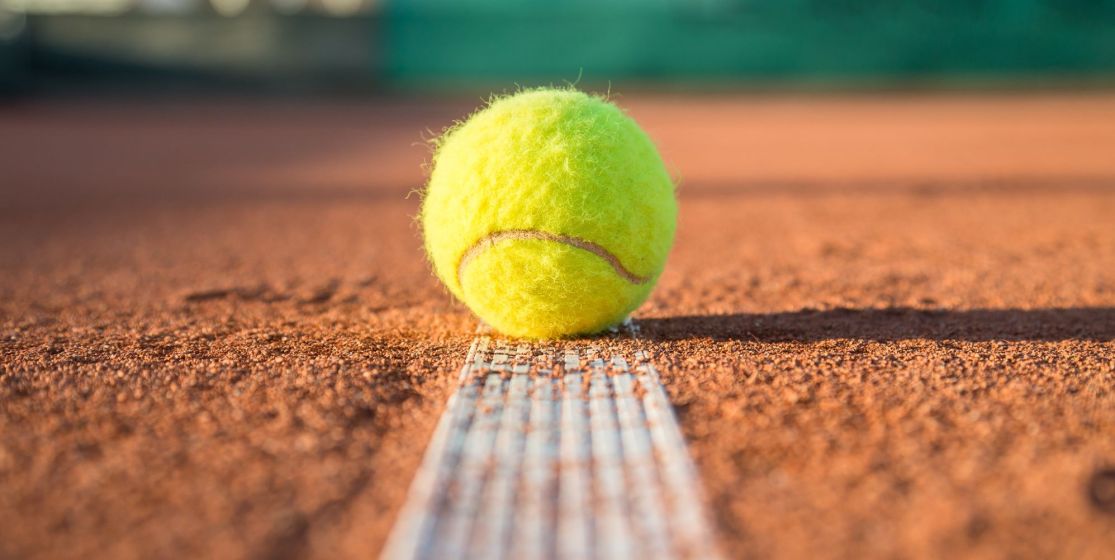Winner at Roland Garros in 1995 and world No. 1 the following year, the Austrian Thomas Muster is remembered for the courage he showed to return to competition after the serious accident he suffered at the beginning...
Winner at Roland Garros in 1995 and world No. 1 the following year, the Austrian Thomas Muster is remembered for the courage he showed to return to competition after the serious accident he suffered at the beginning of his career. At the start the Kitzbühel tournament, we highlight the curious case of "Musterminator".
"I was at the back of the car, with the trunk opened and a bag on my shoulder when this reckless driver headed right at us at a speed of 60 mph. I was thrown about twenty feet." With his leg in plaster and grimacing in pain as much as anger, Thomas Muster explains to the media how a drunk driver came close to ending his career, just as he was preparing to play the final of the 1989 edition of the Key Biscane tournament against Ivan Lendl. At the time, they were many amongst the friends, family and fans of the player who believed that his promising and successful career was over."Like Rocky, but with gammon"Amongst his fellow Austrians, it's a massive shock. Never, in this country where skiing dominates, had there been a greater wielder of the racket. The sports journalist of Der Standard, Philip Bauer recalls: "At 19 years old in 1986, he won his first tournament, in the Netherlands, before breaking into the world top 20 two years later thanks to four victories in the tournaments of Boston, Bordeaux, Prague and Bari." All on clay. A surface where the hardworking player can demonstrate his best moves to strike heavy blows swung sometimes to the left, sometimes to the right. "If I see my opponent begin to writhe in pain because of cramps, I prefer to make him run a little longer rather than shorten the point" he once said. When the tournament of Key Biscane started in 1989, Muster was on the rise. Against Yannick Noah in the last four, he compelled admiration by coming back from two sets down to knock out the Frenchman and progress to the final. The rest is history: the drunk driver knocked him down, the final was cancelled, the hospital, the severe leg injury... the end of the story? That would be without reckoning on the toughness of this man, desperate to force his destiny. The images of his rehabilitation have shaped his myth: he can be seen during training, the left leg stiffened by the plaster, sitting in a chair designed specifically for him, racket in hand, hit, hit and hit again the little yellow ball. Philip Bauer had found the best comparison: "It was like Rocky with gammon."
"Real maniacs"His counterpart from Sportmagazin, Fritz Hutter, cannot hide his admiration either. "Thomas is the perfect example of what a man can do if he really wants to change his life, if he really wants to achieve the goals he set himself and if he really wants to do his utmost to succeed. He told me once that being a tennis player was his only alternative in life to being a carpenter in the week and an anonymous amateur football player on weekends." Therefore, a question arises: Why do all the greatest Austrian champions show that much courage and determination, at the limit of masochism? Because before Thomas Muster there was the Formula 1 driver Niki Lauda, severely burned in the face during a Grand Prix in Germany in 1976 and who was back in the cockpit just six weeks later. And after him, there was also the downhill ski specialist Hermann Maier, victim of many falls, on the slopes as well as on his motorbike, but who always managed to come back even stronger. Philip Bauer has his little explanation to this: "Austria doesn’t have the facilities to “manufacture” a production line of champions, so those who stand out are real maniacs." Outsized competitors, ready to suffer and sacrifice everything in the name of victory. Roland Garros 1995, the consecration For Muster as for Lauda and Maier, the tenacity paid off. One year after the accident, the native of Leibnitz made a stunning comeback to the tour, reaching the semi-finals of Roland Garros, where Andres Gomez, a future winner of the event, eliminated him. We had to wait until 1995 to see the "Musterminator" finally win the French Open, culminating a perfect season on clay (victories in Estoril, Barcelona, Monte Carlo and Rome, Editor's note). World number 1 the following year, the lefty was up against the almost-unchallenged domination on the other surfaces of a certain Pete Sampras. Handicapped by a weak service and more ponderous movement around the court, this pure clay-courter retired in 1999, before an unlikely comeback in 2010 at age 43, for an unsuccessful stint in a few Challenger tournaments. Although unsuccessful, not that much according to Fritz Hutter: "This return has allowed Tom to show himself as a human champion, far from the untouchable hero image he had wrought." By Régis Delanoë






